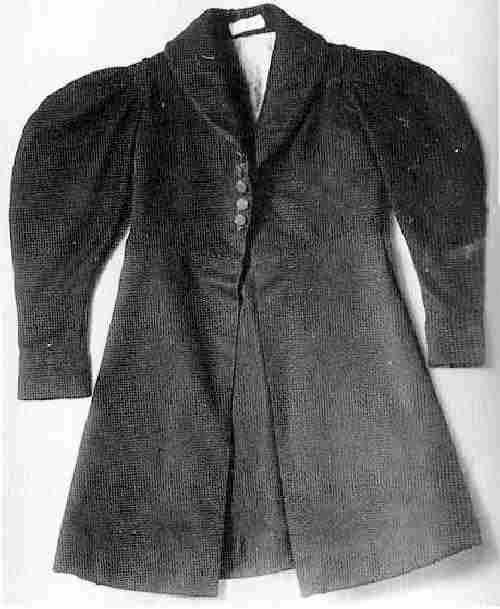
Figure 1.--This brown cloth coat was reportedly worn by a Dutch boy in the 1860s. HBC might have dated it slighly earlier. It look like a style worn in England during the early Victorian era. |

|
HBC at this time has limited information on the types of coats worn by Dutch boys. There do not appear to be any clarly definitive Dutch coat styles, but rather Dutch boys have worn styles developed in neighbiring countries. One image shows a coat reportedly worn in the 1860s that looks rather like styles worn in England during the early Victorian era. The garment is notable for the high placement and narrow spacing of the buttons and the very full blouced out shoulders. Sailor styles like reefer coats were popular in the late 10th century. Dutch boys have worn a variety of clasically styled coats with simple styling. They have also worn trendy coats with elaborate detailing. Coats have varied in length with both long and short styles. Materials have also varied. Wool was once the primary fabric, but is now less common. Styles have not only varied chronolgically, but by the age of the boy.
HBC at this time has limited information on the types of coats worn by Dutch boys. There do not appear to be any clarly definitive Dutch coat styles, but rather Dutch boys have worn styles developed in neighbiring countries. One image shows a coat reportedly worn in the 1860s that looks rather like styles worn in England during the early Victorian era. The garment is notable for the high placement and narrow spacing of the buttons and the very full blouced out shoulders.
Sailor styles like reefer coats were popular in the late 10th century. Dutch boys have worn a variety of clasically styled coats with simple styling. They have also worn trendy coats with elaborate detailing. Such fashions come and go, usually having little long term impact. Coats have varied in length with both long and short styles.
Materials have also varied. Wool was once the primary fabric, but is now less common. A variety of synthetic fibers are used for many of the casual styked coats appearing in the late 20th century.
Coat styles have varied considerably chronolgically. Our information here is very limited, in part because we know very little about Dutch styles in the 19th century. We know virtually nothing about the early-19th century. Only when the advent of ophotography in the mid-19th century does some information become available. Children from well-to-do families wore overcoats in the late 19th century. Fur was another item that affluent families could afford. Working-class boys were more likely to wear shorter-cut jackets. As far as we can see there are no detinctive Dutch coat styles. Sailor-styled coats were a fashion main stay for several decades. Coats in recent years gave become much more informal. Brightly colored quilted coats became popular in the late 20th century. These are, however, general European trends than specufic Dutch styles.
Styles have also varied by the age of the boy.
Navigate the Boys' Historical Clothing Web Site:
[Introduction]
[Activities]
[Biographies]
[Chronology]
[Cloth and textiles]
[Clothing styles]
[Countries]
[Topics]
[Bibliographies]
[Contributions]
[FAQs]
[Glossaries]
[Images]
[Links]
[Registration]
[Tools]
[Boys' Clothing Home]
Navigate the Boys' Historical Clothing Dutch pages:
[Return to the Main Dutch boys garment page]
[Maiken Island]
[Dutch choirs]
[Dutch royalty]
[Dutch scouts]
[Dutch school uniform]
[Dutch boys bangs]
Navigate the Boys' Historical Clothing national pages:
[Return to the Main countries page]
[Australia]
[Belgium]
[England]
[France]
[Germany]
[Ireland]
[Italy]
[Japan]
[Korea]
[Mexico]
[Netherlands]
[Scotland]
[United States]
